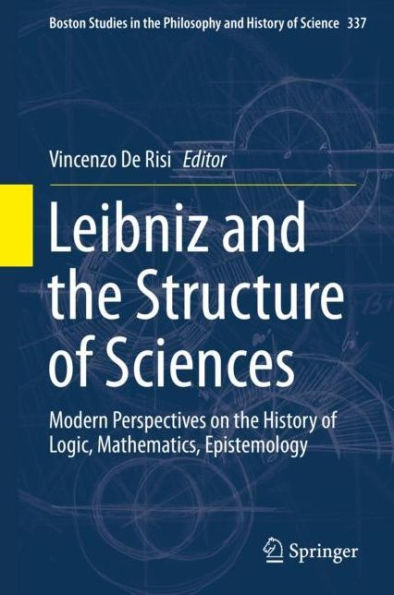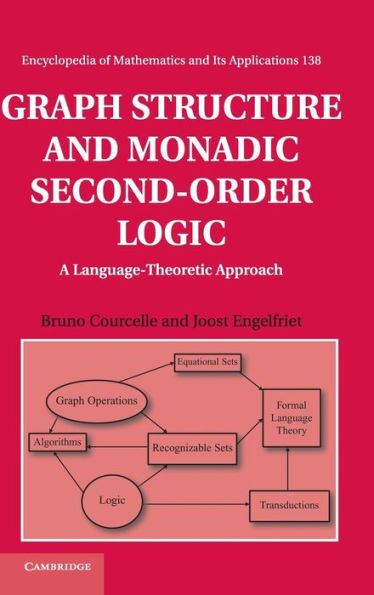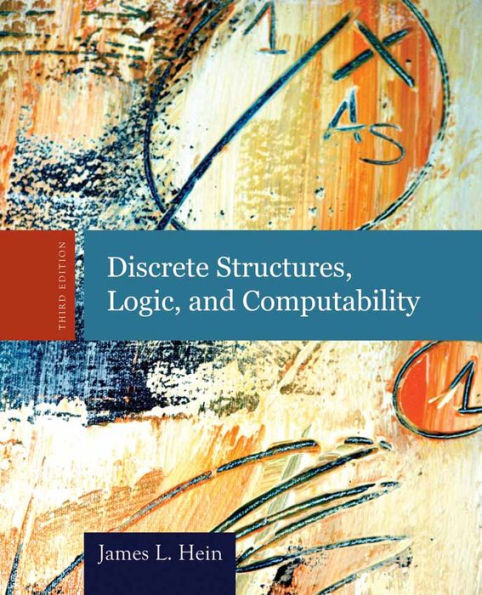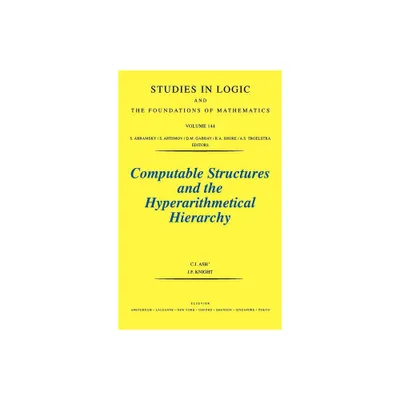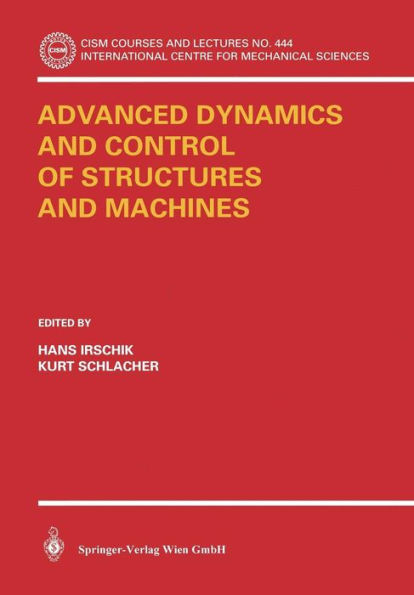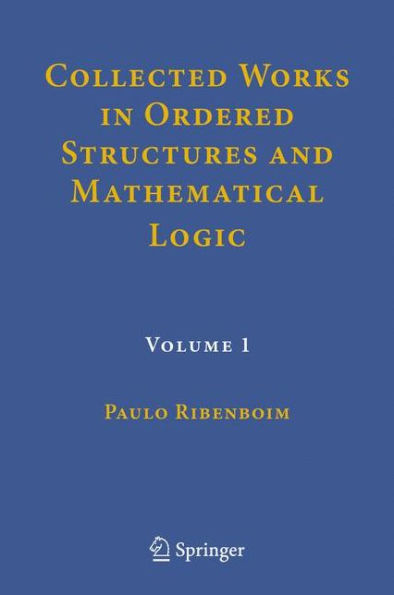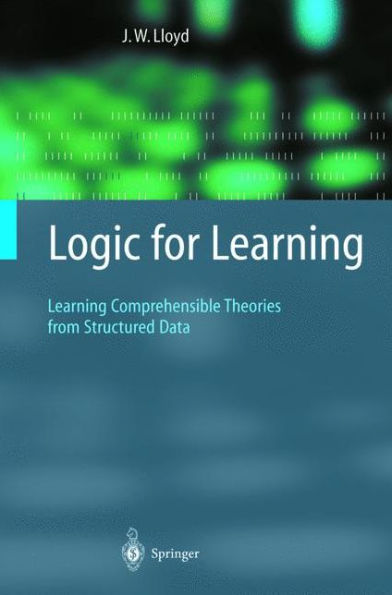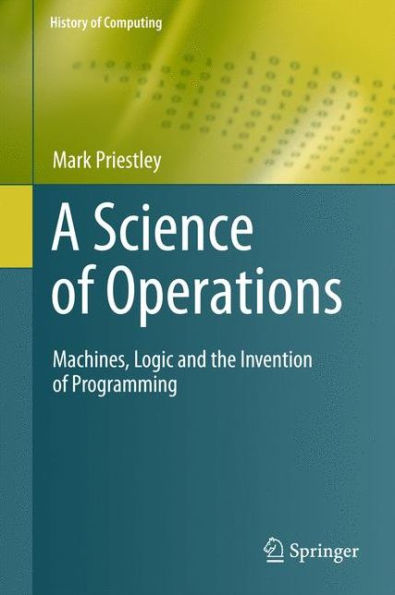Home
The Logic of Machines and Structures
Loading Inventory...
Barnes and Noble
The Logic of Machines and Structures
Current price: $19.95
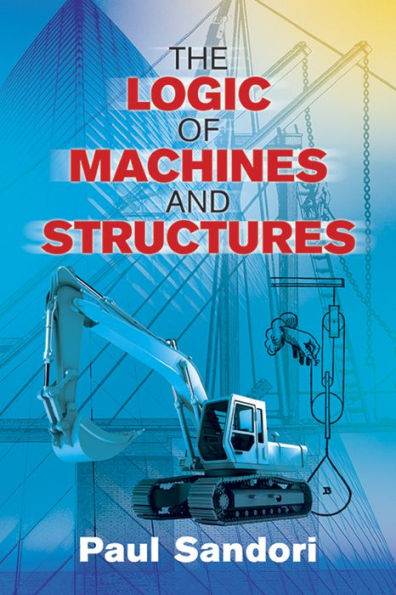

Barnes and Noble
The Logic of Machines and Structures
Current price: $19.95
Loading Inventory...
Size: Paperback
*Product Information may vary - to confirm product availability, pricing, and additional information please contact Barnes and Noble
Based on common, everyday phenomena, the principles governing the balance of forces on machines and structures are extremely straightforward. Their expression in mathematical form, however, obscures their clarity. This volume exposes the principles of statics in their original simplicity, presenting them as an exercise in logic. The modern analytical method of reasoning is carefully preserved to assist students in their grasp of the thinking that underlies mathematical methods of analysis.
Suitable for architecture and engineering students as well as other readers with minimal background in mathematics, this unique treatment also restores enjoyment to the study of statics. Author Paul Sandori develops the subject using crucial highlights and discoveries in the field's historical evolution, noting the brilliant early insights and intuitions that contributed to the modern science. The text is complemented by illustrations of source materials from Galileo, Newton, and others that document the discipline's evolution.
Suitable for architecture and engineering students as well as other readers with minimal background in mathematics, this unique treatment also restores enjoyment to the study of statics. Author Paul Sandori develops the subject using crucial highlights and discoveries in the field's historical evolution, noting the brilliant early insights and intuitions that contributed to the modern science. The text is complemented by illustrations of source materials from Galileo, Newton, and others that document the discipline's evolution.

